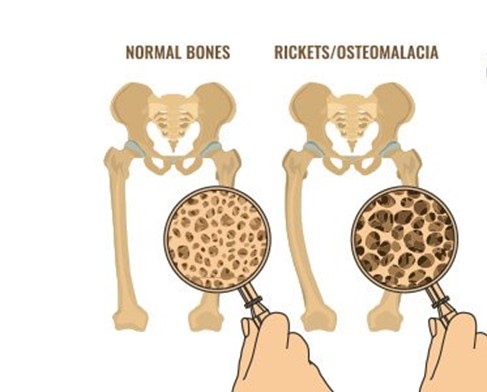A client is unable to void following a procedure, so the nurse obtains a prescription to perform a straight catheterization. After inserting the catheter, the nurse observes that the client has an immediate output of 500 mL of clear yellow urine. Which action should the nurse implement next?
Remove the catheter and palpate the client’s bladder for residual distention.
Allow the bladder to empty completely or up to 1,000 mL of urine.
Clamp the catheter for thirty minutes and then resume draining.
Remove the catheter and replace with an indwelling catheter.
The Correct Answer is B
Choice A: Remove the catheter and palpate the client’s bladder for residual distention. This is not the best action, as it may cause discomfort and trauma to the client. The catheter should not be removed until the bladder is fully emptied or up to 1,000 mL of urine is drained, as removing it too soon may cause urinary retention or infection.
Choice B: Allow the bladder to empty completely or up to 1,000 mL of urine. This is the best action, as it can prevent bladder spasms, overdistention, or rupture. The nurse should monitor the urine output and color, and document the amount and characteristics of urine drained.
Choice C: Clamp the catheter for thirty minutes and then resume draining. This is not the best action, as it may cause pain and discomfort to the client. The catheter should not be clamped unless ordered by the healthcare provider, as clamping it may increase the risk of infection or bladder damage.
Choice D: Remove the catheter and replace with an indwelling catheter. This is not the best action, as it may cause unnecessary exposure and trauma to the client. The catheter should not be replaced unless ordered by the healthcare provider, as replacing it may increase the risk of infection or urethral injury.
Nursing Test Bank
Naxlex Comprehensive Predictor Exams
Related Questions
Correct Answer is A
Explanation
Choice A is correct because a quiet, non-stimulating environment can help reduce the agitation, confusion, and hallucinations that are common in alcohol withdrawal delirium. The nurse should also provide reassurance, orientation, and safety measures to the client.
Choice B is incorrect because forcing oral fluids and providing frequent small meals are not the most important interventions for a client with alcohol withdrawal delirium. The client may have difficulty swallowing, nausea, vomiting, or diarrhea that can interfere with oral intake. The nurse should monitor the client's hydration and nutrition status and provide intravenous fluids or supplements as needed.
Choice C is incorrect because confronting the client's denial of substance abuse is not the most important intervention for a client with alcohol withdrawal delirium. The client may not be able to comprehend or accept the reality of their situation due to their altered mental state. The nurse should avoid arguing or challenging the client and focus on providing supportive care.
Choice D is incorrect because encouraging attendance and group participation are not the most important interventions for a client with alcohol withdrawal delirium. The client may not be able to participate in group activities due to their severe withdrawal symptoms and may need individualized care. The nurse should facilitate referrals to appropriate resources for substance abuse treatment when the client is stable and ready.
Correct Answer is D
Explanation
Choice A reason: Quiet, calm surroundings are not a specific environmental factor for osteomalacia, which is a condition that causes softening and weakening of the bones due to vitamin D deficiency. However, they may be beneficial for promoting rest and comfort for the client.
Choice B reason: Stimulating sounds and activity are not a specific environmental factor for osteomalacia, which is a condition that causes softening and weakening of the bones due to vitamin D deficiency. However, they may be helpful for enhancing mood and cognition for the client.
Choice C reason: Cool, moist air is not a specific environmental factor for osteomalacia, which is a condition that causes softening and weakening of the bones due to vitamin D deficiency. However, it may be preferable for preventing dehydration and overheating for the client.

Whether you are a student looking to ace your exams or a practicing nurse seeking to enhance your expertise , our nursing education contents will empower you with the confidence and competence to make a difference in the lives of patients and become a respected leader in the healthcare field.
Visit Naxlex, invest in your future and unlock endless possibilities with our unparalleled nursing education contents today
Report Wrong Answer on the Current Question
Do you disagree with the answer? If yes, what is your expected answer? Explain.
Kindly be descriptive with the issue you are facing.
